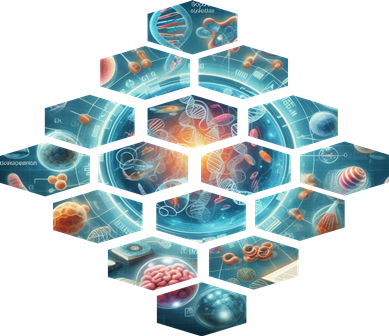ADHD, also called attention-deficit disorder, is a behavior disorder, usually first diagnosed in childhood, that is characterized by inattention, impulsivity, and, in some cases, hyperactivity.
ADD, or attention-deficit disorder, is an old term, now out of date, for the disorder we call ADHD, or attention-deficit hyperactivity disorder. It was called ADD up until 1987, when the word “hyperactivity” was added to the name.
In addition to genetics, scientists are studying other possible causes and risk factors including: Brain injury. Exposure to environmental risks (e.g., lead) during pregnancy or at a young age. Alcohol and tobacco use during pregnancy.
Symptoms of ADHD include inattention (not being able to keep focus), hyperactivity (excess movement that is not fitting to the setting) and impulsivity (hasty acts that occur in the moment without thought). An estimated 8.4% of children and 2.5% of adults have ADHD.
Types of ADHD: Inattentive, Hyperactive-Impulsive, and Combined Types.
Attention-deficit hyperactivity disorder (ADHD) is recognized to exist in males and females although the literature supports a higher prevalence in males. However, when girls are diagnosed with ADHD, they are more often diagnosed as predominantly inattentive than boys with ADHD.






